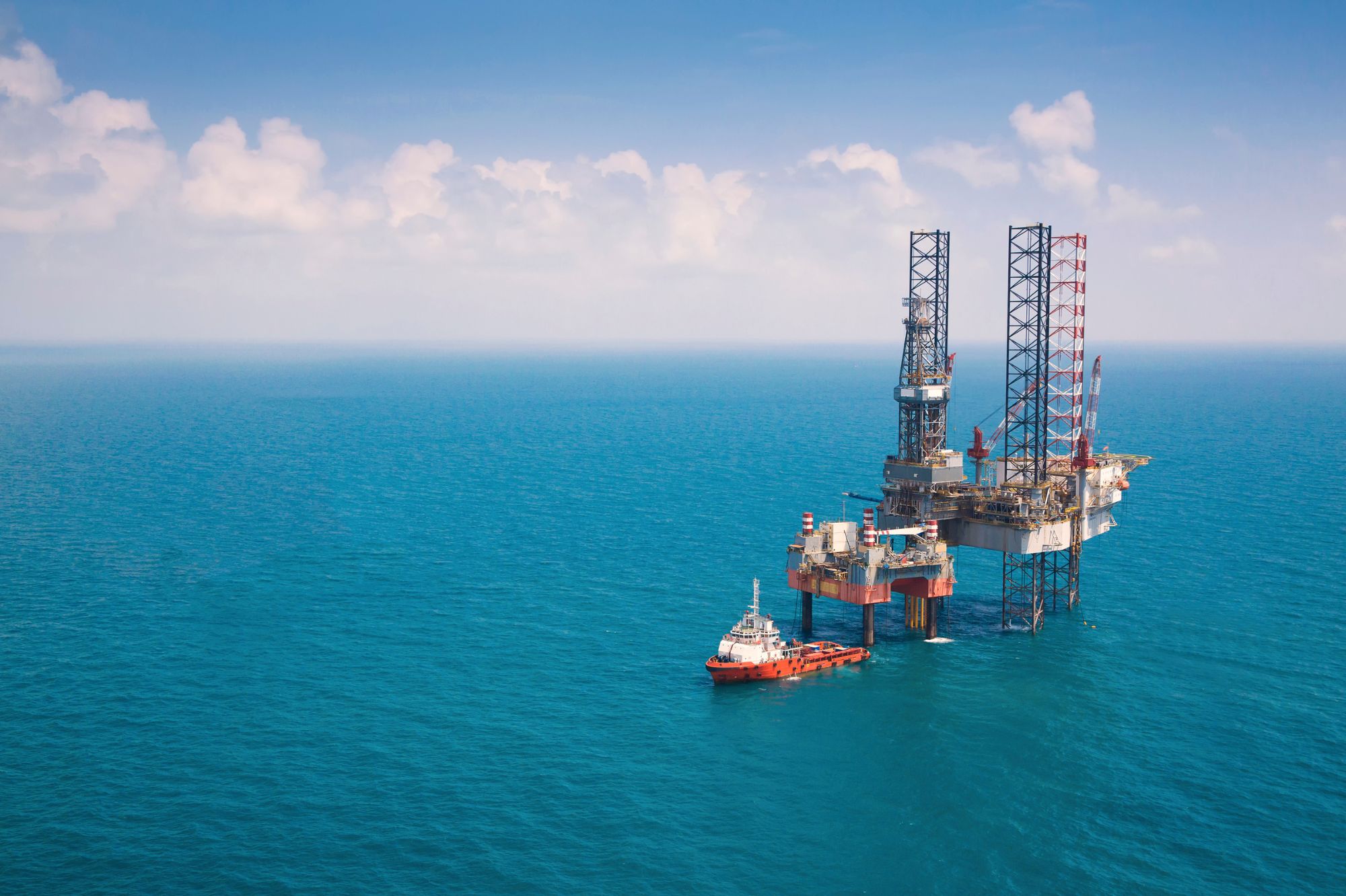Story
What are the effects of decommissioning man-made structures on marine ecosystems globally?
5 May 2023
Scientists have released a plain language summary of a publication that examined the scientific evidence for impacts of decommissioning man-made structures in marine ecosystems.
 What happens when man-made structures at sea - such as oil and gas platforms or offshore wind turbines - are no longer in use? Should they be relocated? Toppled? Or left ‘as is’ - to eventually be claimed by the ocean?
What happens when man-made structures at sea - such as oil and gas platforms or offshore wind turbines - are no longer in use? Should they be relocated? Toppled? Or left ‘as is’ - to eventually be claimed by the ocean?Many marine man-made structures (MMS) are nearing their ‘end-of-life’ and require decommissioning. However, limited understanding of the effects of decommissioning man-made structures currently restricts the consideration of alternative management possibilities, often leaving complete removal as the only option in certain parts of the world.
In a study published last year (November 2022), scientists from Plymouth Marine Laboratory, the University of Plymouth and CEFAS (Centre for Environment, Fisheries and Aquaculture Science) built an evidence-base to describe the ecosystem effects of marine MMS whilst in place and following cessation of operations, with a view to informing decision-making related to their potential decommissioning.
The publication: ‘Evidence for the effects of decommissioning man-made structures on marine ecosystems globally: a systematic map’ has now been followed with a plain language summary.
Download a PDF of the Plain Language Summary here >>
Authors from Plymouth Marine Laboratory include Paul J. Somerfield, Caroline Louise McNeill, Joana Nunes, Christine Pascoe & Stephen C. L. Watson; an interdisciplinary team with scientists from our Marine Ecology and Biodiversity group and Sea and Society group.
Dr Paul J. Somerfield, Principal Investigator of the DREAMS project, said:
“Many of the marine man-made structures that are nearing the end of their working lives today were built in a rush for resources in the latter half of the last century. They were built without much thought about what would happen when operations ended. Now our generation must deal with their decommissioning. Decisions have to be made. Our paper shows that we urgently need primary research to understand the direct effects of decommissioning, to inform decision-making and to make sure we make better choices in our future than those made in the past.”
This plain language summary and map was undertaken within the agreed work of DREAMS, which is financed by the UK Natural Environment Research Council, Grants Nos. NE/T010843/1 and NE/T010835/1 awarded to the University of Plymouth and Plymouth Marine Laboratory (PML). Cefas were supported through its own strategic science investment fund (DP4000A).Access the full paper: ‘Evidence for the effects of decommissioning man-made structures on marine ecosystems globally: a systematic map’ here >>